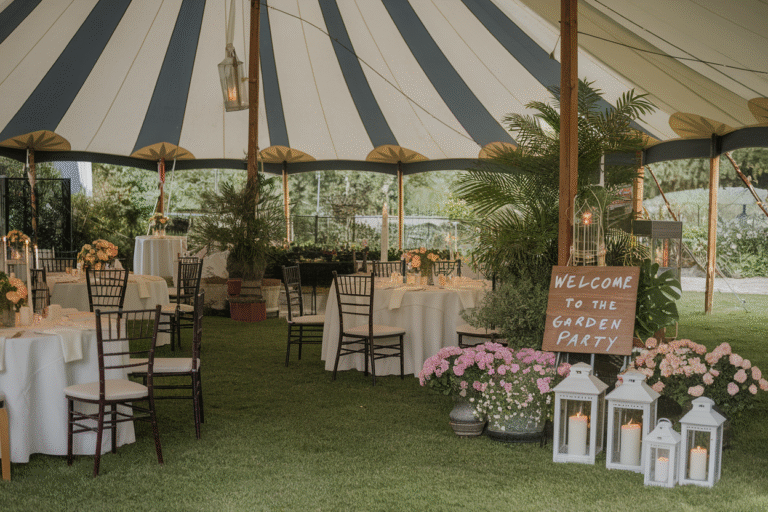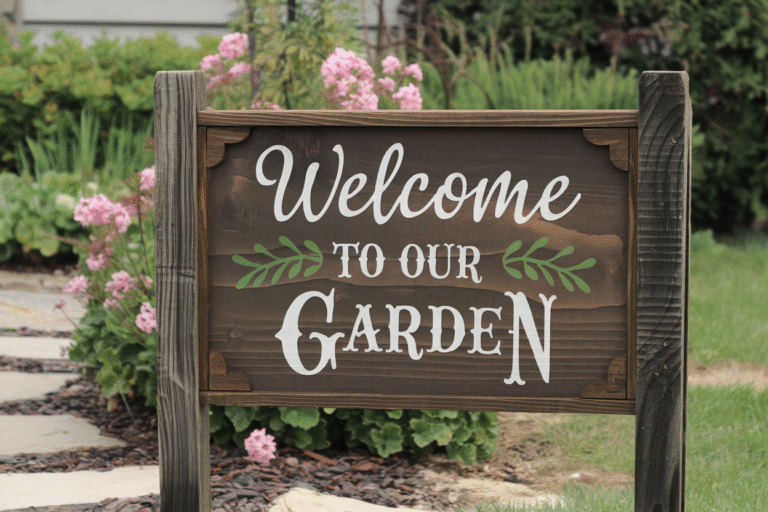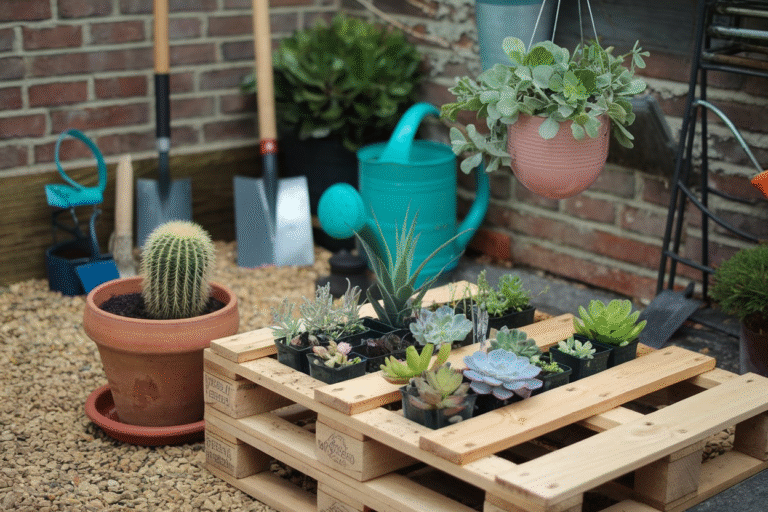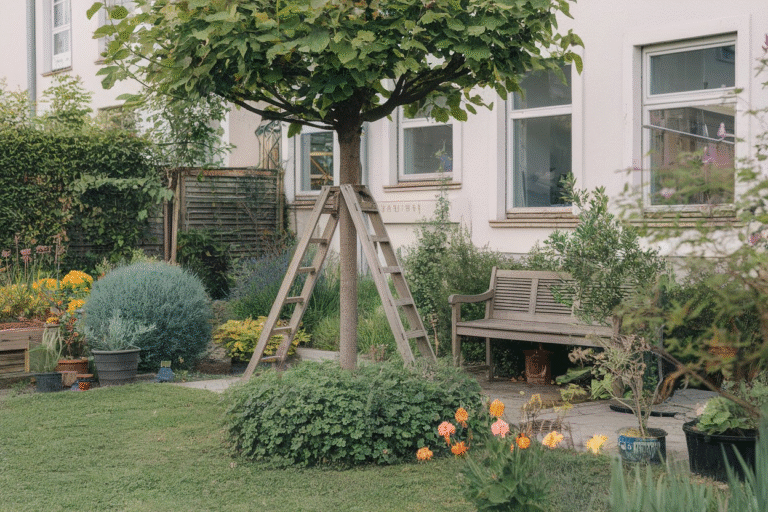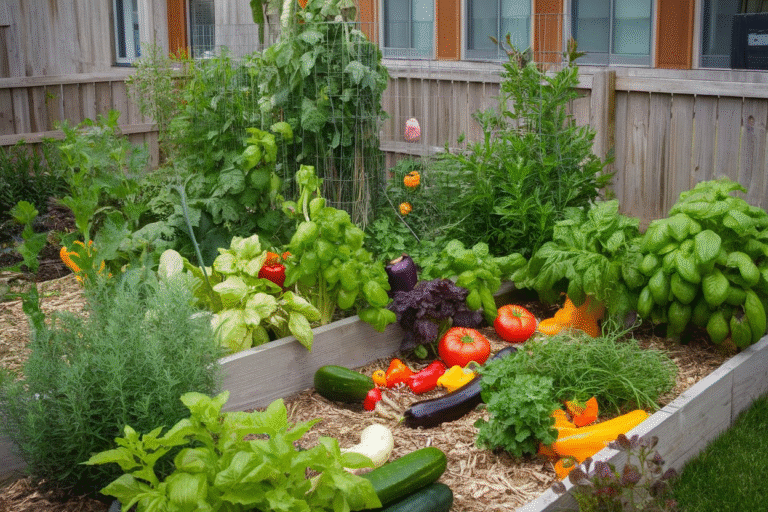21 Cottage Garden Design Ideas
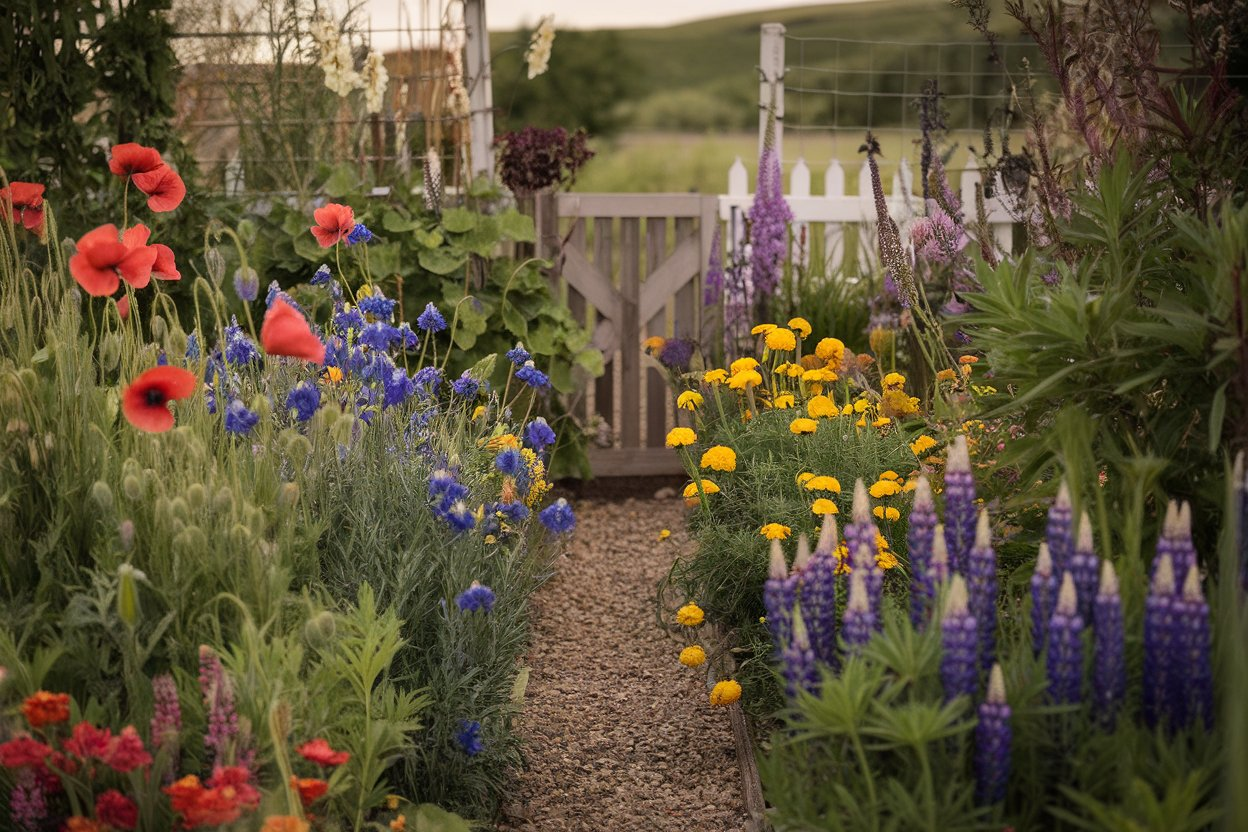
There’s something timeless and enchanting about a cottage garden—the kind that looks like it’s been lovingly curated by nature and a gardener’s gentle hand in perfect harmony.
It’s the garden equivalent of your favorite well-worn sweater: cozy, charming, and effortlessly inviting.
If you’ve ever dreamt of transforming your outdoor space into a lush, whimsical retreat where flowers bloom wildly, scents drift on the breeze, and every corner holds a secret, then a cottage garden is calling your name.
What Is a Cottage Garden?
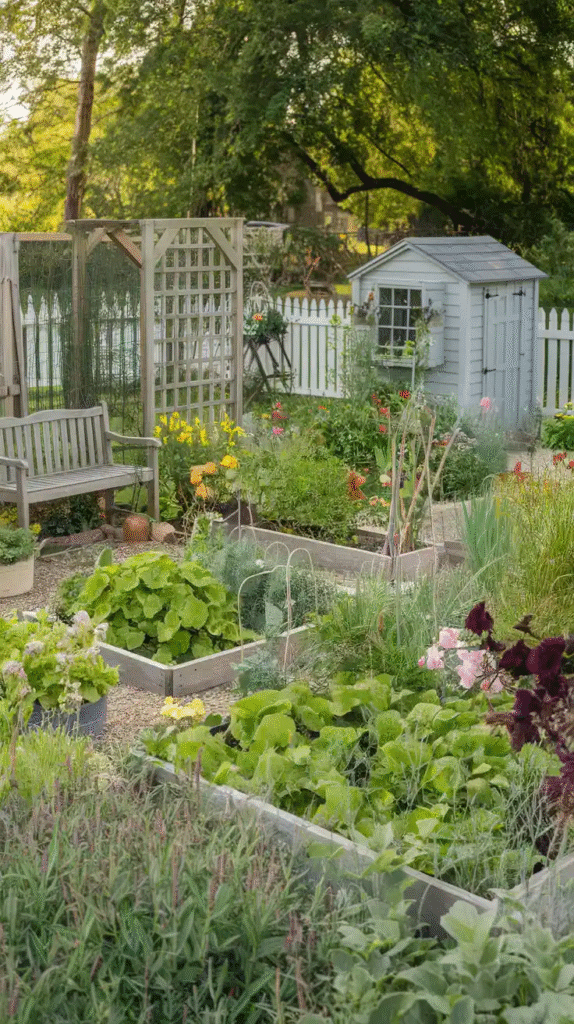
Before diving into the ideas, let’s clarify what makes a garden “cottage.” Unlike formal gardens with rigid lines and strict symmetry, a cottage garden is an explosion of nature’s spontaneity paired with human care.
It’s dense planting, mixing perennials, annuals, herbs, and vegetables all in one colorful, fragrant mess. It’s not about perfection; it’s about abundance and harmony.
1. Embrace Informal Planting Patterns
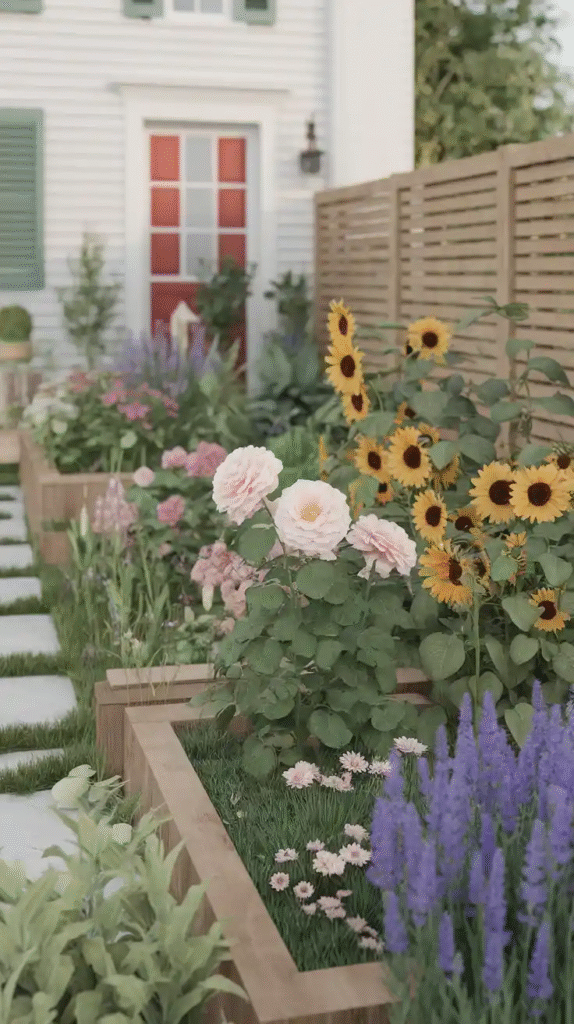
Forget straight rows or regimented beds. A cottage garden thrives on curvy paths, layered planting, and plants spilling into one another.
Imagine a garden bed where lavender, foxgloves, daisies, and snapdragons dance together without a care. When I first started mine, I threw seeds and plants together and was amazed how nature found its own rhythm.
2. Mix Flowers with Edibles
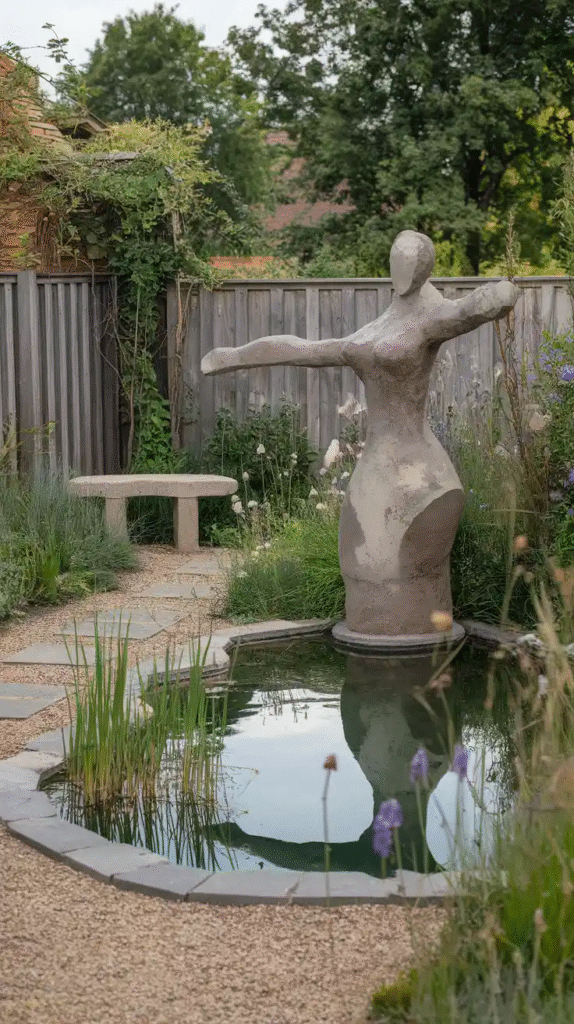
One hallmark of cottage gardens is blending beauty with utility. Imagine fragrant roses growing alongside tomatoes, or thyme weaving through sweet peas. This idea not only saves space but also creates a multi-sensory garden—visual delight paired with edible joy. Plus, some flowers attract pollinators that help your veggies thrive.
3. Use Traditional Cottage Flowers
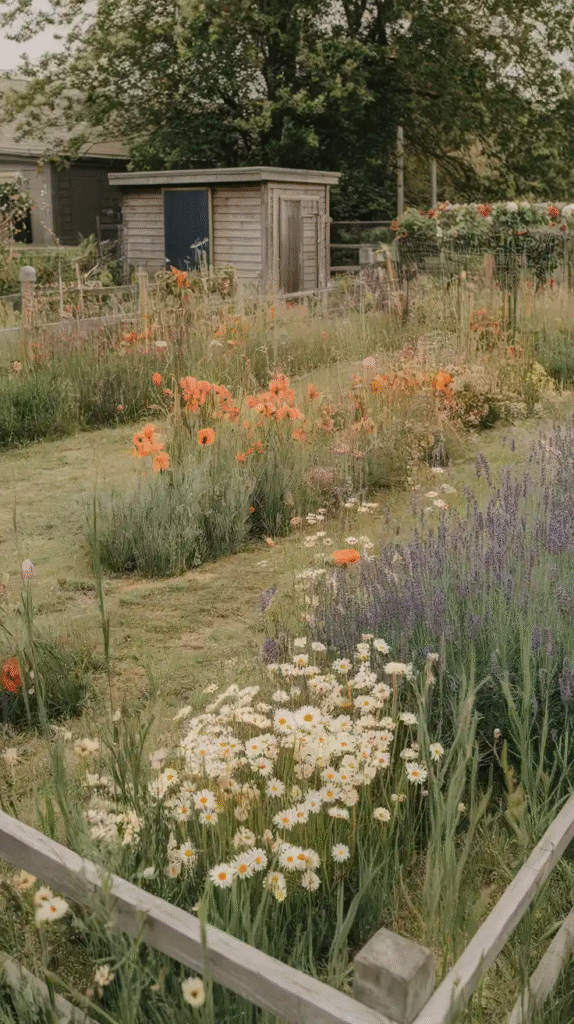
Certain plants scream “cottage garden” more than others. Think hollyhocks, delphiniums, larkspur, foxgloves, lavender, roses, and sweet peas. These classics bring height, color, and fragrance. I swear by planting hollyhocks along fences—they add that vertical wow-factor that feels like a living curtain.
4. Create Cozy, Intimate Spaces
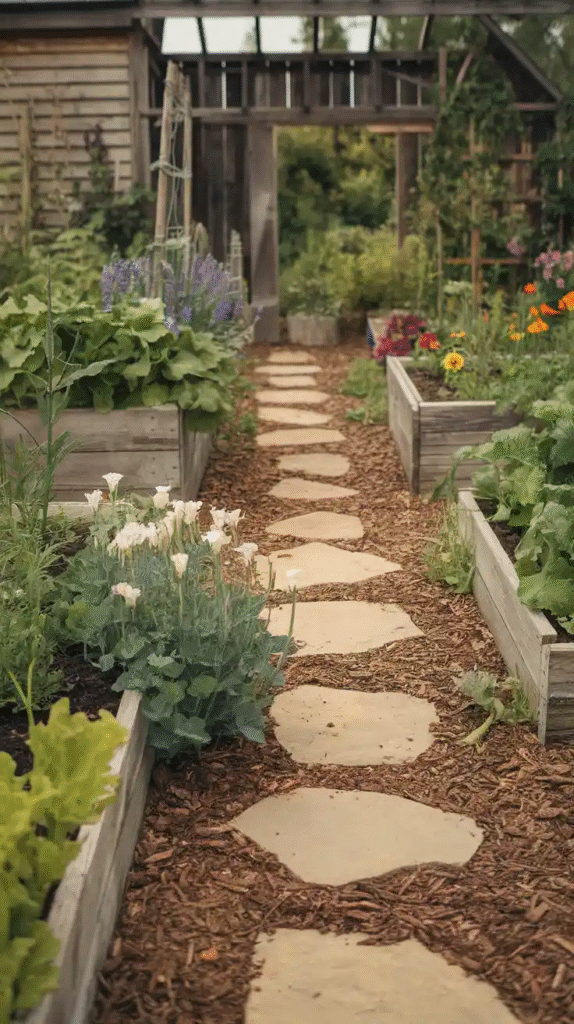
In a cottage garden, seating isn’t just functional; it’s a secret nook. A wrought iron bench tucked behind a flowering arch or a weathered wooden chair surrounded by daisies invites you to linger. These spots become your sanctuary, a place to sip tea and soak in the garden’s magic.
5. Incorporate Garden Arches and Trellises

Vertical interest is key. Use garden arches or trellises draped with climbing roses, clematis, or honeysuckle. They create natural gateways and add height to an otherwise sprawling garden. I built a rose-covered arch in my backyard and it’s become the centerpiece for many afternoon moments of peace.
6. Use Natural Materials for Paths
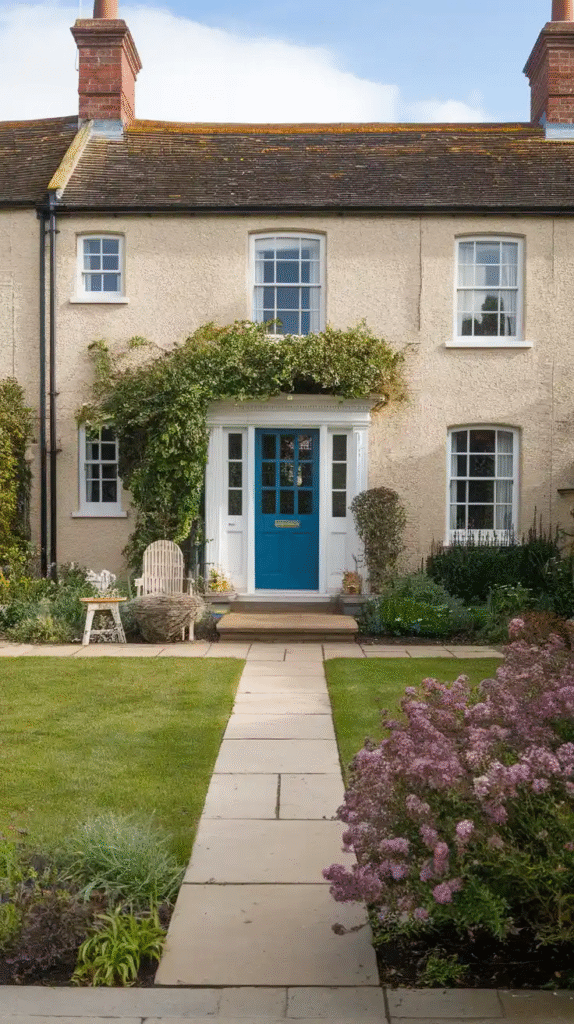
Stone, brick, gravel, or worn flagstones create winding paths that encourage exploration. The path itself should feel like a discovery, not a straight shot. My favorite path is made of salvaged bricks that creak softly underfoot, adding character and history.
7. Plant in Layers for Depth
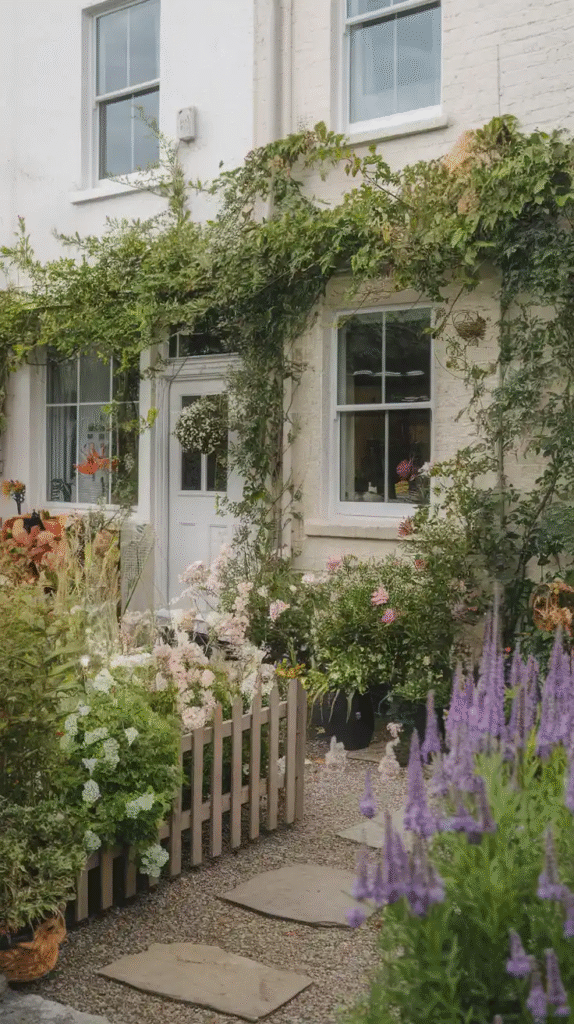
Think of your garden like a painting. Taller plants like delphiniums or sunflowers form the backdrop, medium-height perennials like daisies and lupins fill the midsection, and ground covers or low herbs like thyme and creeping phlox soften the edges. This layering creates a lush, full effect without gaps.
8. Use Raised Beds Made of Rustic Wood
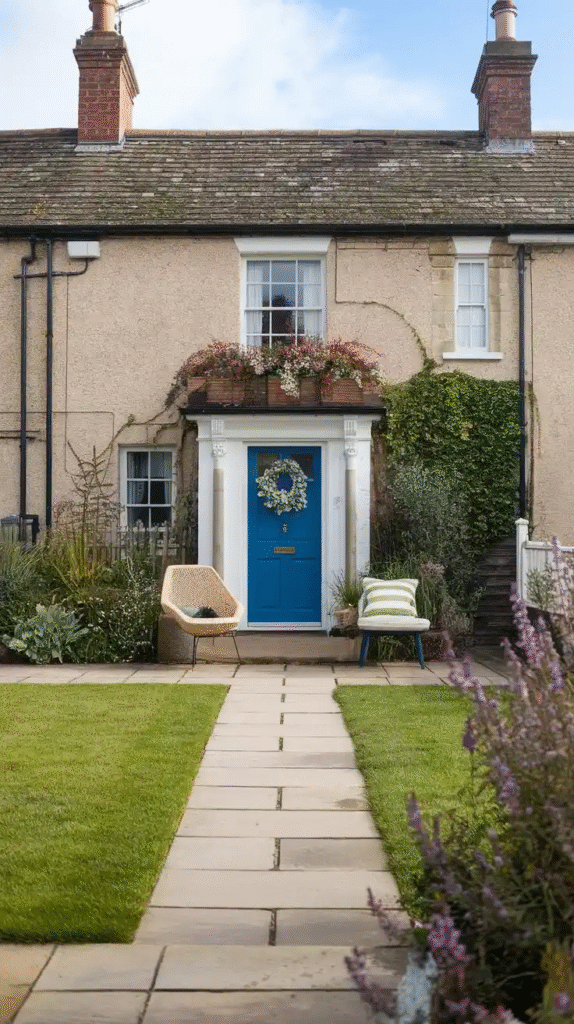
Raised beds keep things neat without sacrificing the casual vibe. Build beds from weathered wood, logs, or even reclaimed pallets. They blend seamlessly into a cottage garden while improving drainage and soil quality. When I first switched to raised beds, I noticed my plants flourished faster—plus, the beds look delightfully homey.
9. Incorporate Wildlife-Friendly Plants
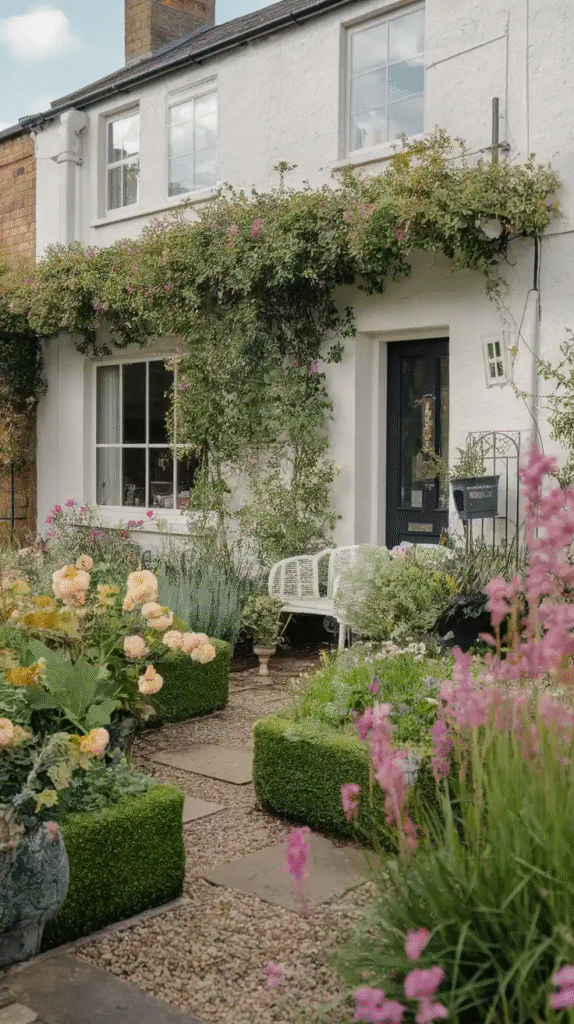
Cottage gardens naturally attract bees, butterflies, and birds. Plant native wildflowers, lavender, and buddleia to invite these helpers. Add a birdbath or a small pond to support wildlife. I once watched a family of finches set up camp in my lavender patch, and it felt like the garden was alive in ways I never expected.
10. Use Vintage Garden Decor
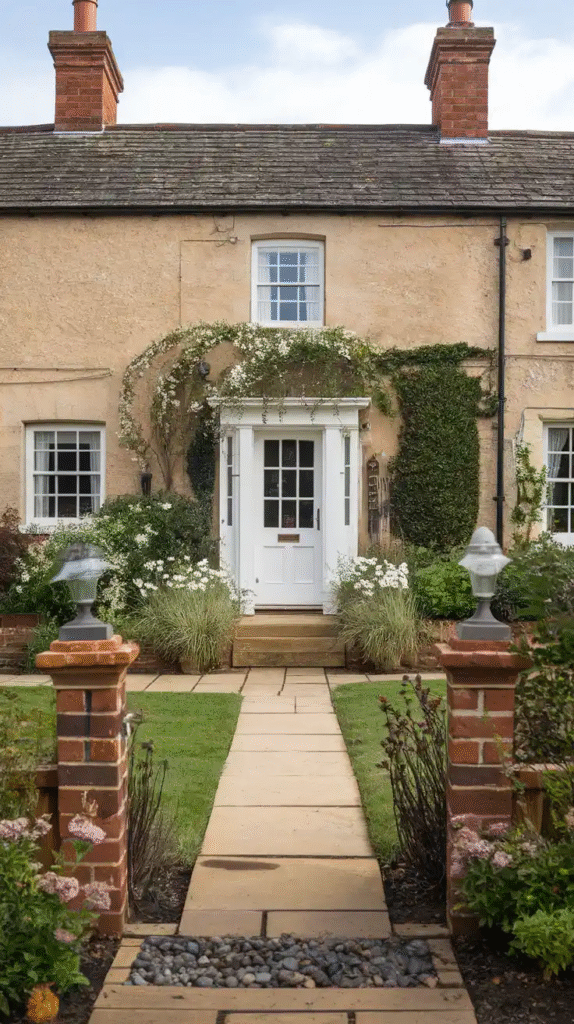
Old watering cans, rusted wheelbarrows, terracotta pots, and birdcages add that nostalgic charm. They don’t have to be pristine; in fact, patina and wear add character. I rescued a rusted spade from my grandfather’s shed and planted pansies in it—now it’s a quirky garden statement piece.
11. Let Climbing Plants Cascade Over Fences
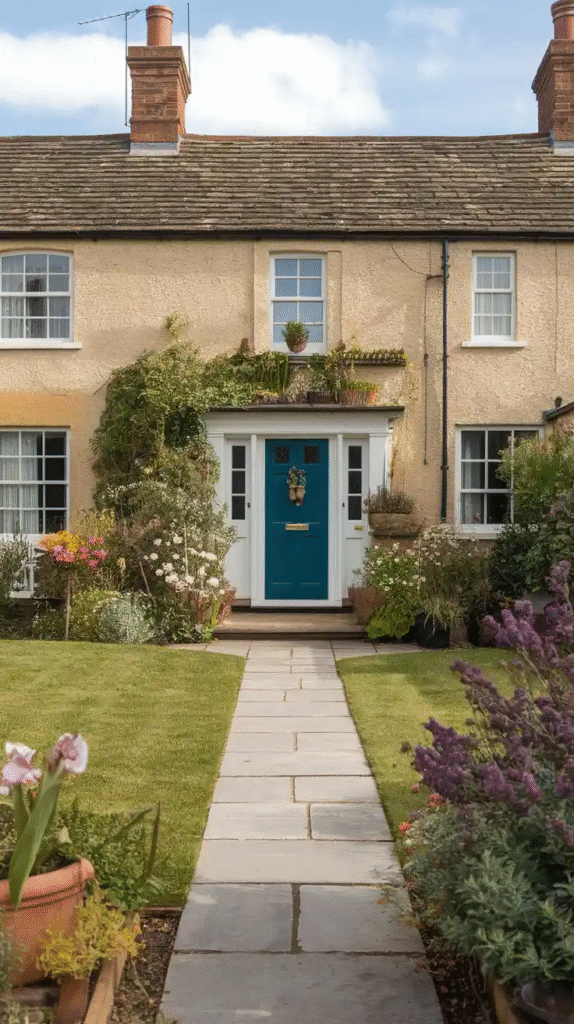
Rather than bare fences, let climbing roses, clematis, or jasmine grow over them. The effect is a soft, flowering wall that feels like your garden is spilling over the edges, refusing to be contained. This overflow is part of the cottage garden’s romance.
12. Add Herb Spirals or Herb Beds
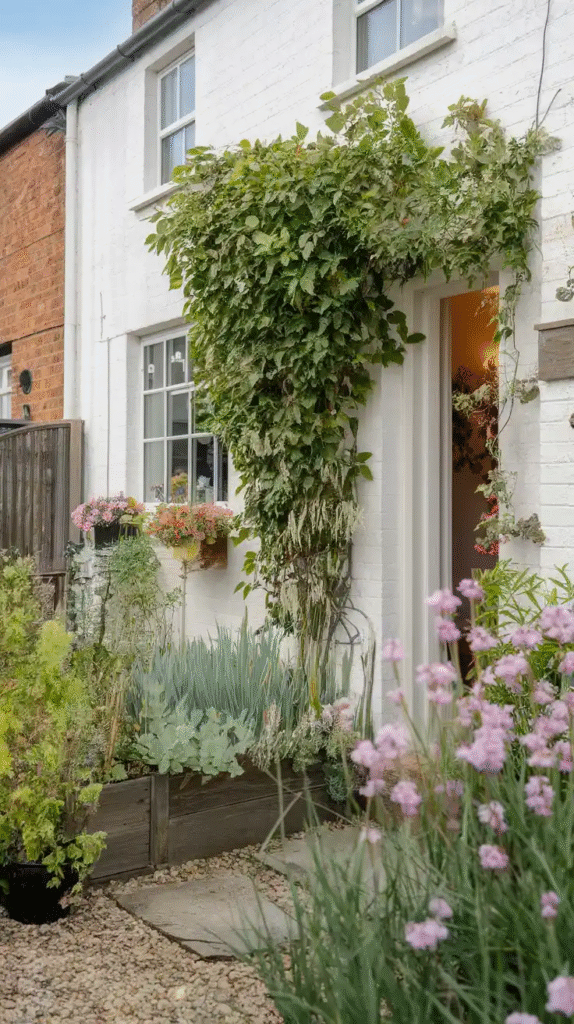
Herbs are a cottage garden staple. Consider building a herb spiral to maximize space and microclimates, planting rosemary, thyme, sage, and chives. Their scent and texture add layers to the garden experience and, of course, supply fresh flavors for the kitchen.
13. Plant in Drifts and Clumps
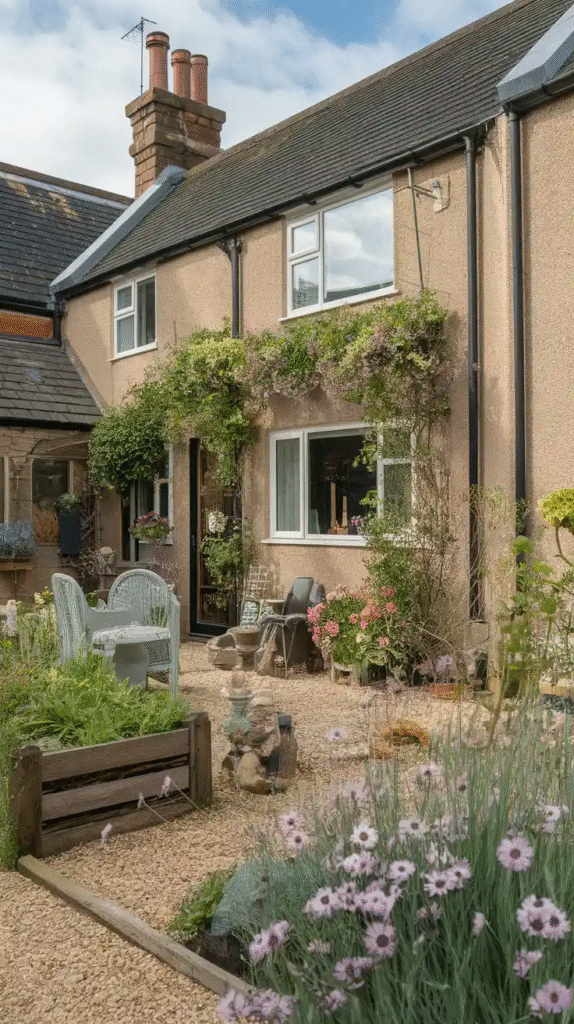
Rather than isolated plants, group the same species in clusters or drifts. This creates more visual impact and mimics natural growth patterns. A clump of foxgloves or a drift of daisies looks far more authentic and alive than scattered singles.
14. Include Seasonal Interest
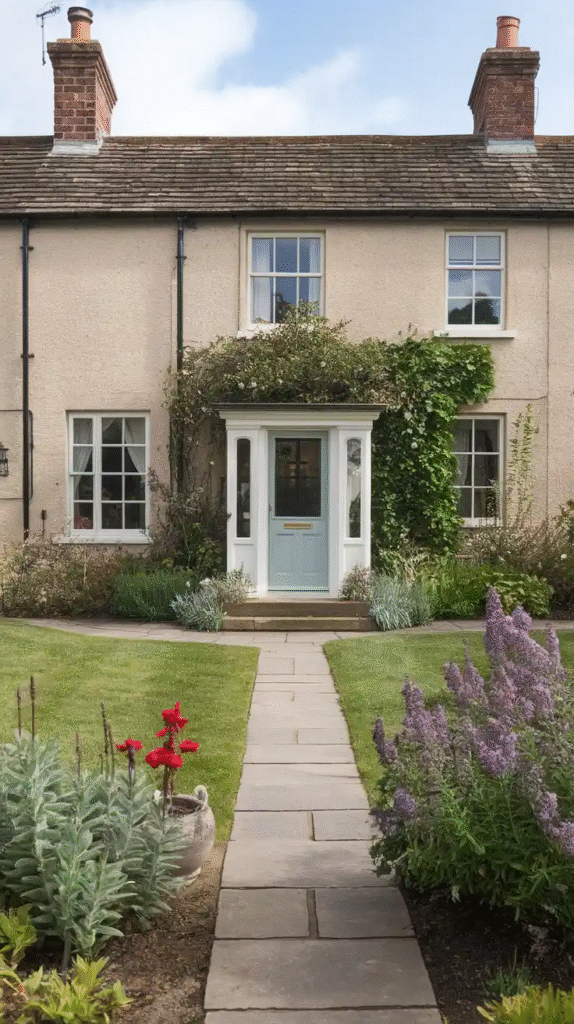
Plan for year-round charm by mixing spring bulbs like tulips and daffodils, summer perennials, and autumn berries or grasses. The garden shouldn’t be a single moment frozen in time but a continuously unfolding story. When my garden bursts with tulips in April and fades into golden grasses by October, I feel that rhythm deeply.
15. Grow a Cutting Garden
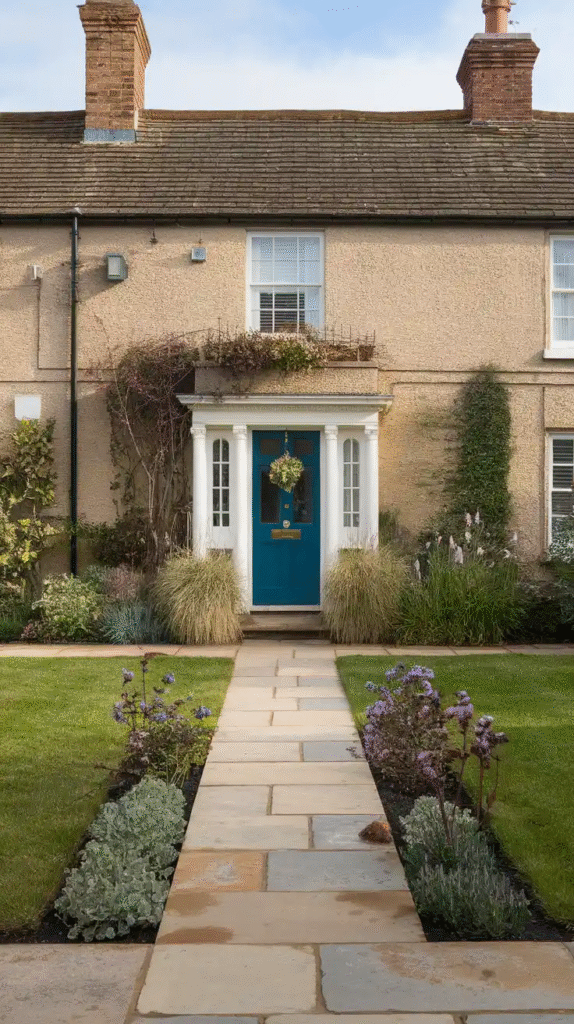
Cottage gardens are perfect for cutting bouquets. Plant flowers like dahlias, sweet peas, and cosmos with cutting in mind so you can bring the garden indoors. There’s something magical about walking outside, snipping blooms, and filling your home with fresh fragrance.
16. Use Recycled and Reclaimed Garden Structures
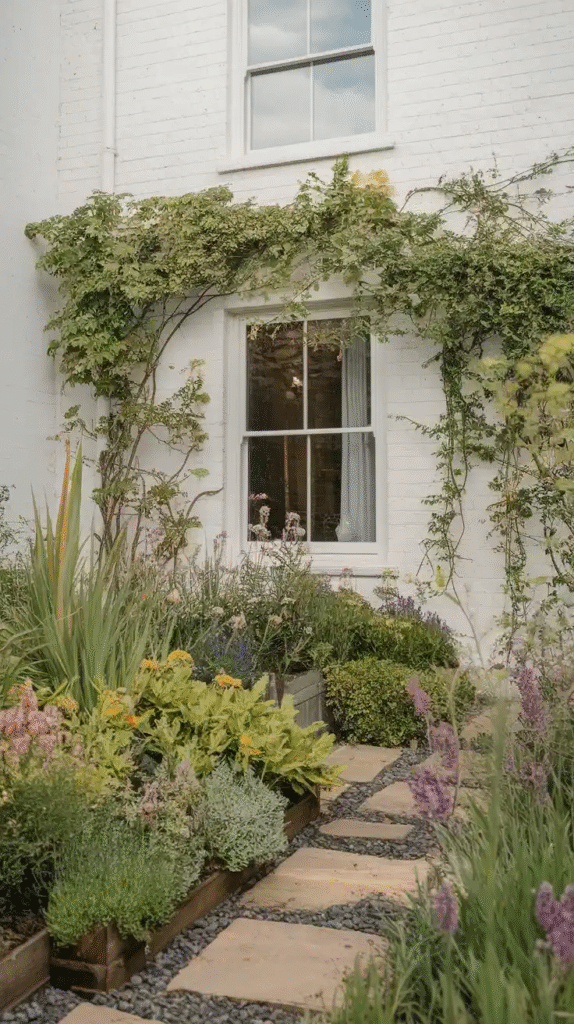
Incorporate old ladders as plant supports, antique crates as planters, or salvaged shutters as garden screens. These add layers of history and surprise. A neighbor of mine built a trellis from old bicycle wheels—it was quirky, clever, and completely cottage garden.
17. Allow for Wildflower Meadows
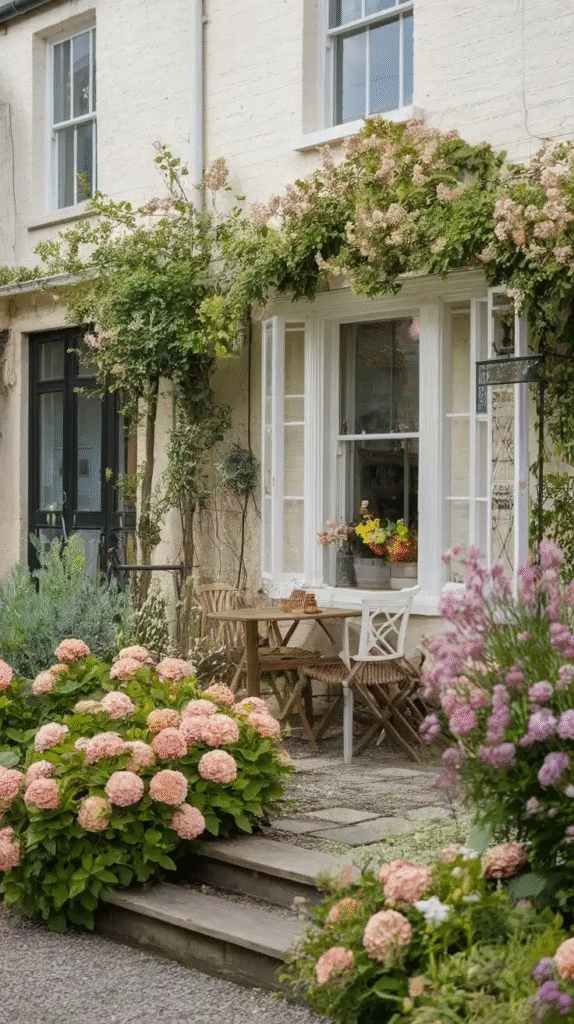
If you have open space, plant a wildflower meadow patch with native flowers like cornflowers, poppies, and buttercups. This natural chaos contrasts beautifully with more manicured beds and attracts pollinators. It’s a living postcard of countryside charm.
18. Create a Water Feature with Rustic Appeal
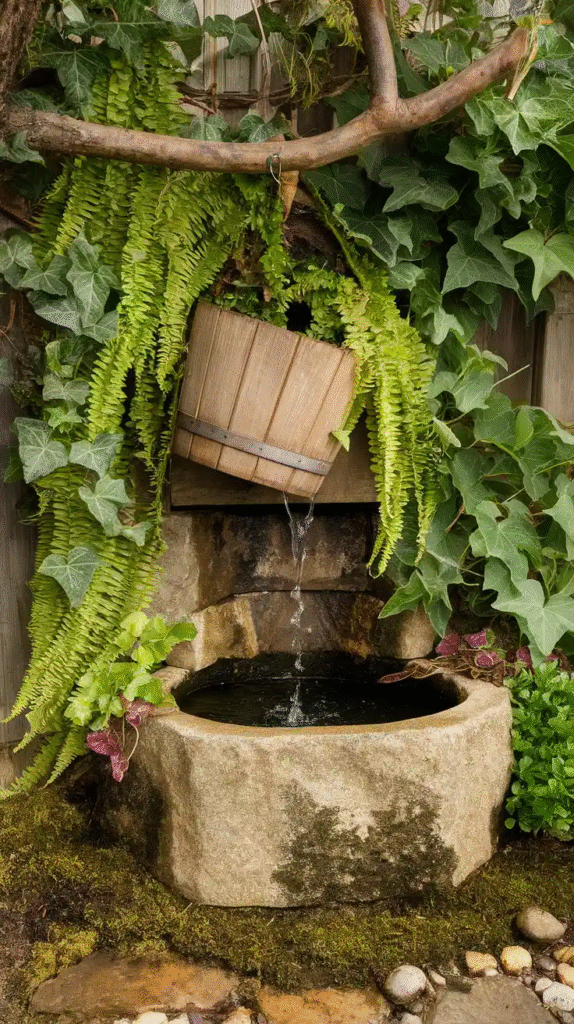
A small pond, birdbath, or even a water-filled trough adds tranquility and wildlife habitat. Use natural stone or old tubs to keep the rustic vibe. Water mirrors the sky and plants, making your garden feel larger and more dynamic.
19. Incorporate Fruit Bushes and Trees
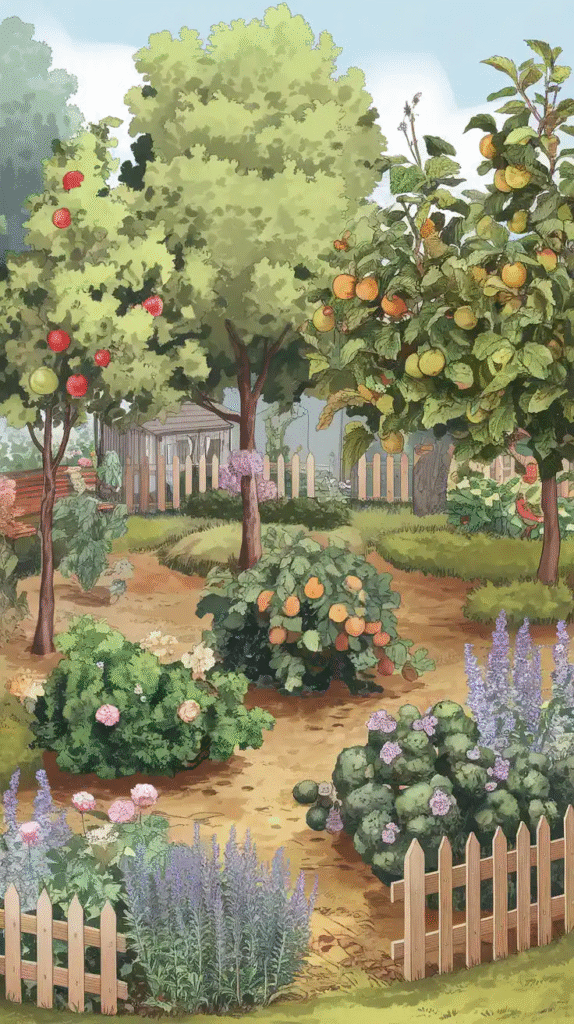
Berry bushes like currants, raspberries, and gooseberries fit perfectly in a cottage garden. Small fruit trees like apples or plums add structure and seasonal produce. When I planted a row of gooseberries beside my flowers, it felt like the garden was both wild and purposeful.
20. Plant Scented Plants Near Seating Areas
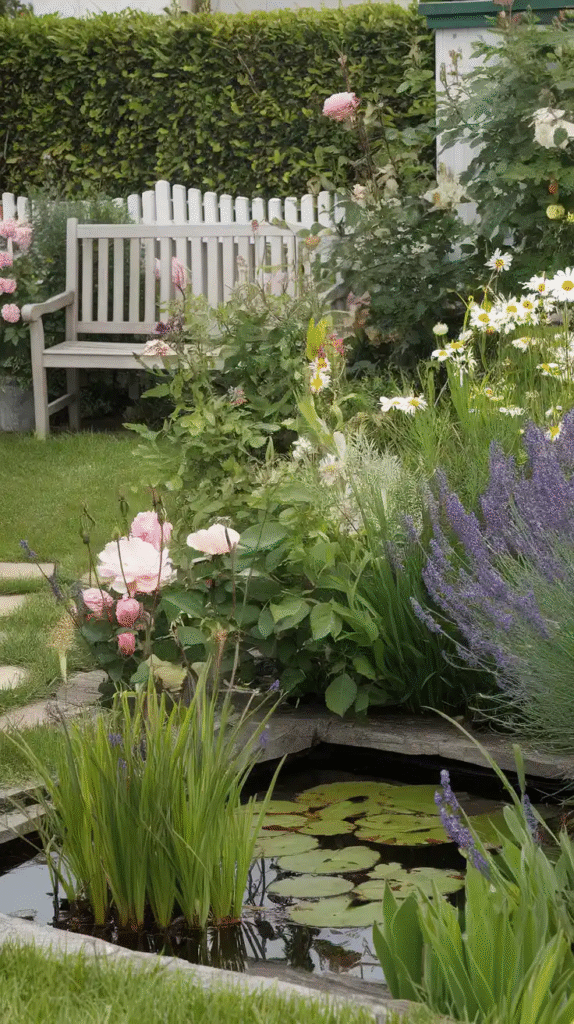
Think about where you want to sit and relax, then plant jasmine, lavender, or sweet alyssum nearby. The scent will wash over you, turning simple moments into sensory indulgences. I never believed in “scent gardens” until I sat next to my jasmine hedge one summer evening. The air was a fragrant hug.
21. Incorporate Garden Edging with Natural Materials
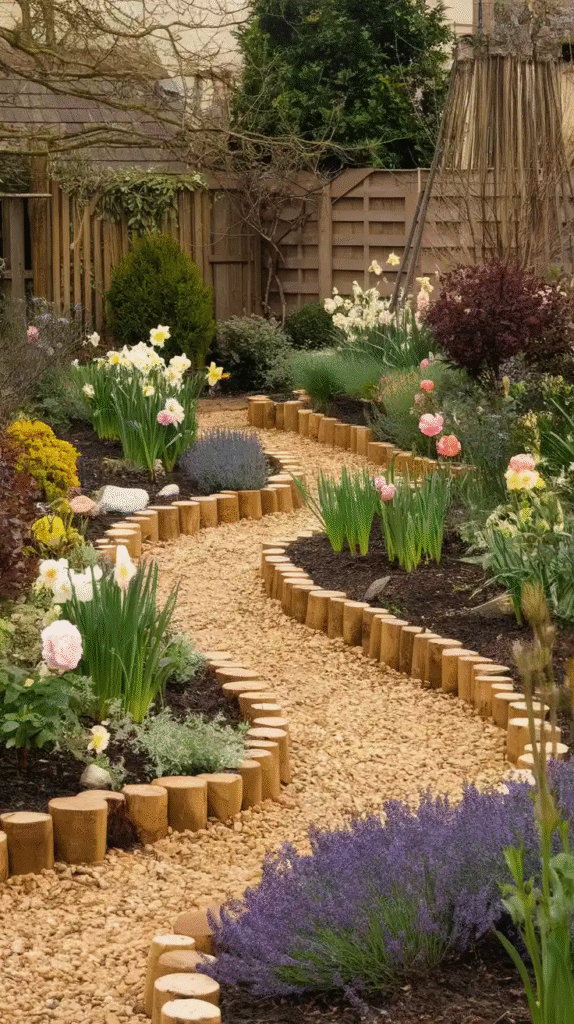
Define your beds with stone, brick, or rustic wooden edging. Instead of sharp lines, opt for gently curved edges to maintain the informal feel. It keeps the garden tidy but still soft and welcoming. I like using broken bricks arranged in a serpentine pattern—it’s imperfect and perfect all at once.
Designing Your Own Cottage Garden: Tips and Insights
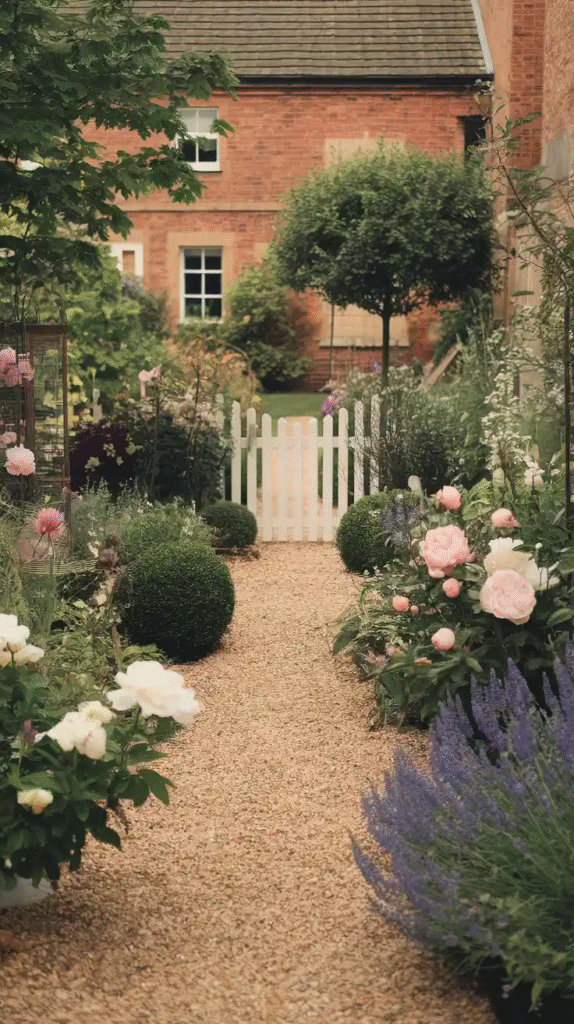
Start small. You don’t need a sprawling estate to have a cottage garden. A window box or a small backyard corner can be transformed with the right plants and ideas. I began with a single flowerbed and expanded as my confidence grew.
Focus on soil health. Cottage gardens thrive with rich, well-drained soil. Compost, mulch, and regular feeding will reward you with lush growth and vibrant blooms.
Plant for pollinators and birds. The heart of a cottage garden beats with life. Attracting pollinators is both a pleasure and a practical way to keep plants healthy.
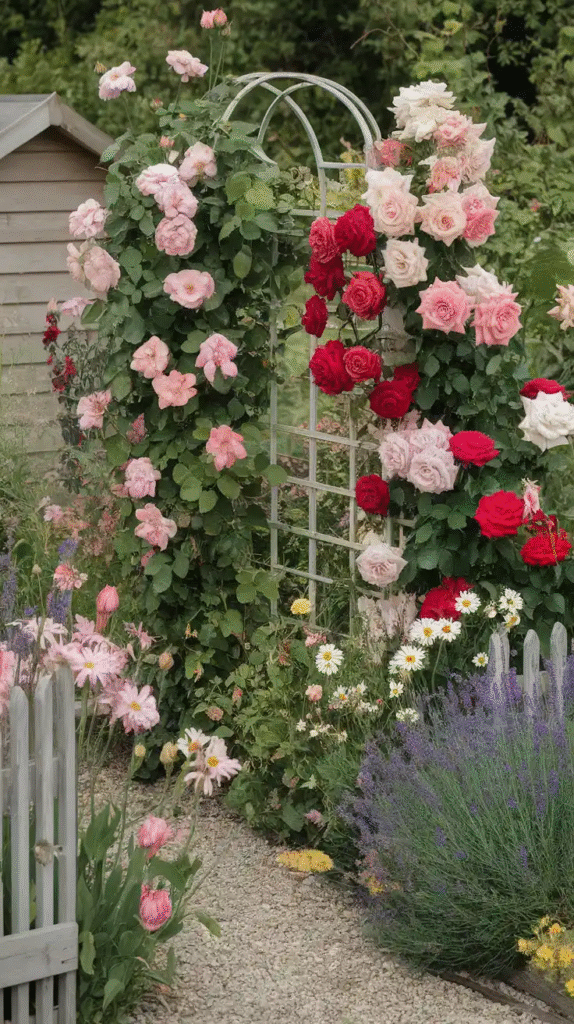
Don’t fear imperfection. Let your garden have its quirks. A plant that grows a bit wild or a path that curves unexpectedly add personality. That’s the cottage garden charm.
Rotate plants annually. Some cottage garden plants spread rapidly. Keep an eye and rotate or divide plants to maintain balance and prevent overcrowding.
My Personal Cottage Garden Journey
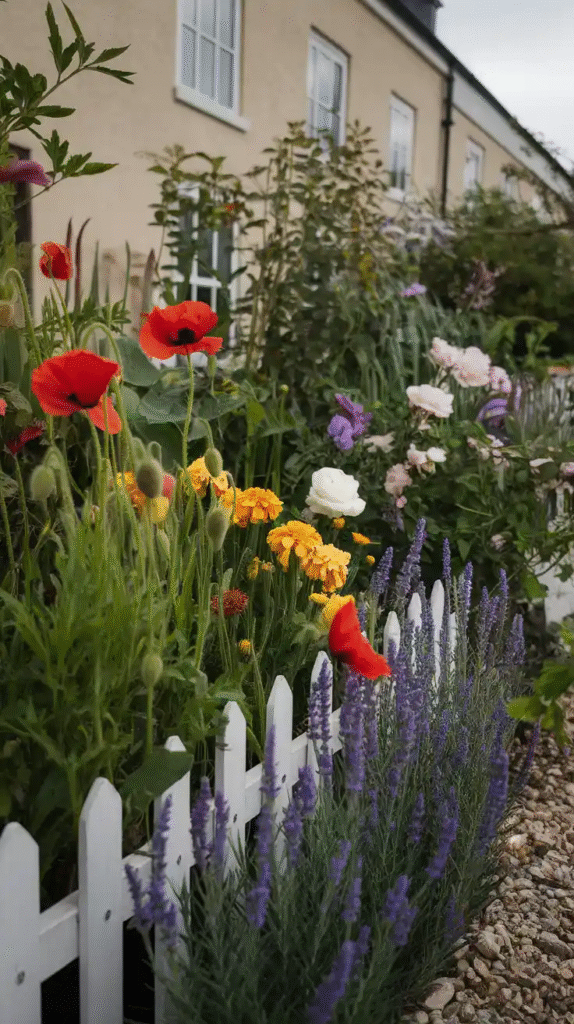
When I first tried to build a cottage garden, it was chaos. Plants overlapped, paths vanished under foliage, and I couldn’t find the seating nook I’d envisioned.
But that chaos was also magic—my garden began to feel like a living storybook. Over the years, I learned to shape it gently without controlling it, layering plants and adding rustic structures.
My favorite memory is of sitting on a weathered bench beneath an arch of climbing roses, sipping tea as bees buzzed lazily nearby. That moment captured everything a cottage garden is about: connection, beauty, and peace.
Conclusion
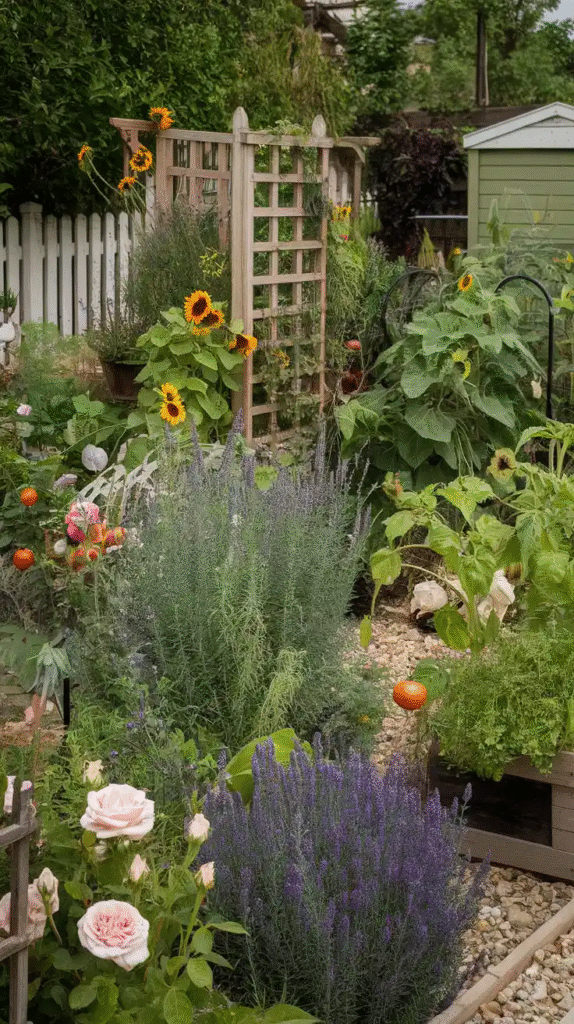
A cottage garden is more than just plants—it’s a lifestyle choice, a celebration of nature’s abundance wrapped in human care and creativity. With these 21 cottage garden design ideas, you have a roadmap to build your own enchanted retreat that evolves with you.
Whether you start with a handful of plants or dive into full garden transformation, the joy is in the process and the living beauty you create.
Ready to get your hands dirty and craft a garden full of stories, scents, and color? Your cottage garden adventure starts now.

